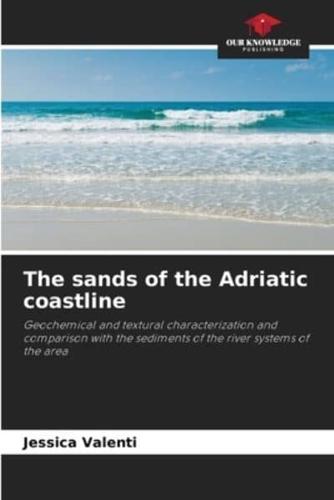Publisher's Synopsis
Sediment geochemical characterization is an important tool in paleoenvironmental studies to discover sediment provenance, source area weathering, post-deposition history, and paleoenvironmental physicochemical conditions. In addition, characterization studies are essential to assess the contamination status of a site. By means of X-ray fluorescence spectrometry, analyses of sands and river sediments, sampled at 51 stations from the Venice Lagoon to Cattolica, made it possible to determine the state of the environment in the study area. Through comparisons with datasets of historical sands from previous studies, changes in the composition of the collected samples were observed with respect to older sites, and this allowed considerations to be made about the paleoenvironmental evolution of the study area and the origin of the sediments. Using specific geochemical tracers, three main feeding systems were identified: sediments of Po origin, sediments of Apennine origin, and sediments from dolomitic rocks in the Eastern Alps.










